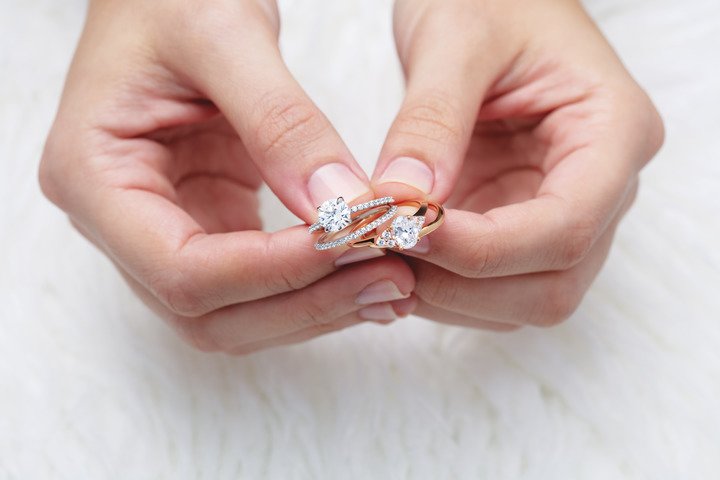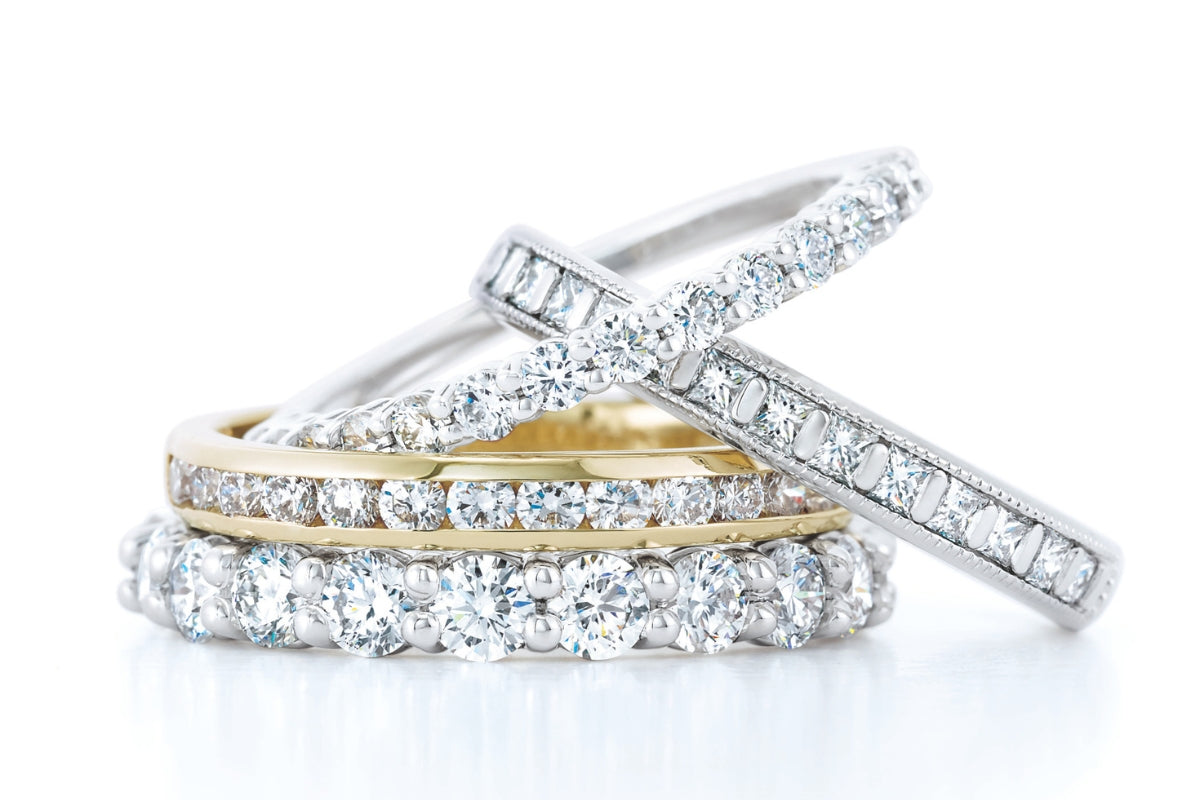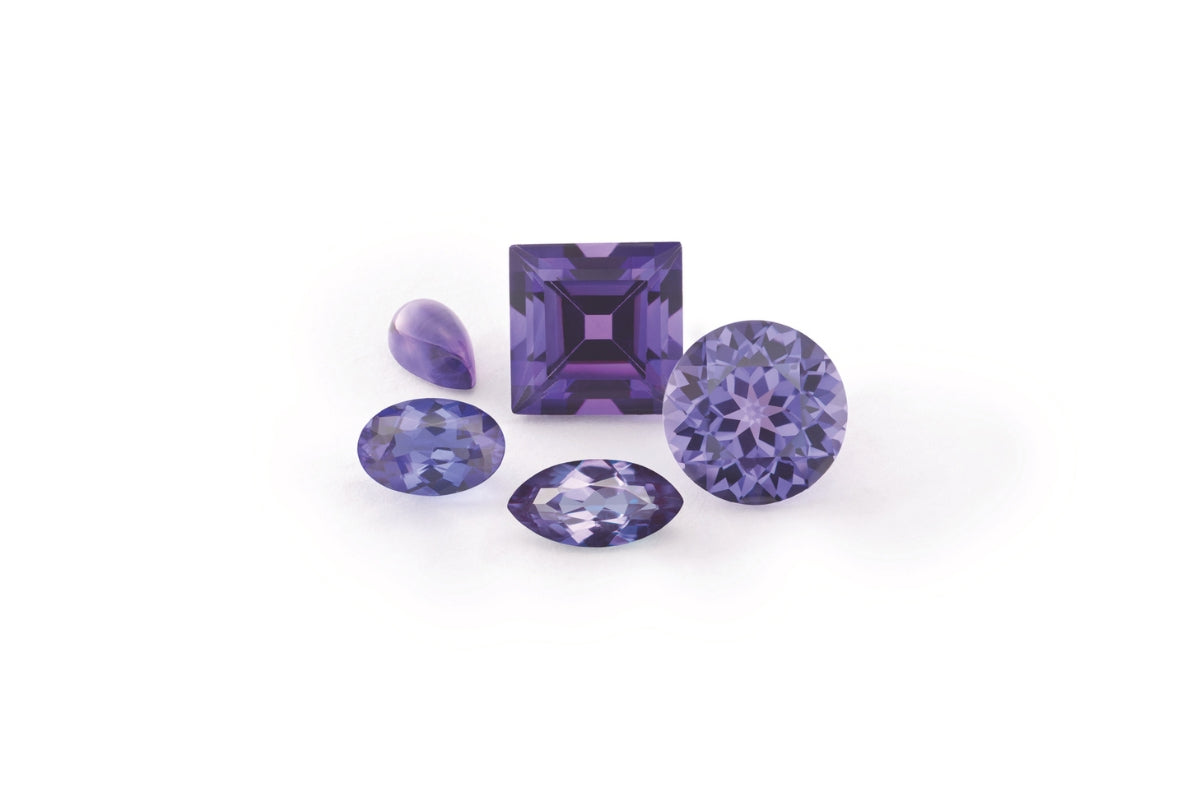If you’ve been around, near, or in a jewelry store, whether brick-and-mortar or online, it’s very likely you’ve heard of the term “conflict-free.” Perhaps you even purchased a conflict-free diamond and are already wearing it on your finger. I applaud you for your concern, but on behalf of my industry, I apologize. The term “conflict-free” is misleading and there seems to be little discussion on what it truly means. The term depicts a scenario in which nobody was taken advantage of, harmed, or killed. While on paper, that’s a great thing, unfortunately, this is not at all what “conflict-free” really means.
What are conflict diamonds?:
According to theKimberley Processwebsite:
“Conflict diamonds, also known as ‘blood' diamonds, are rough diamonds used by rebel movements or their allies to finance armed conflicts aimed at undermining legitimate governments.”
Jeweler’s around the world can sell diamonds in their stores and mark them as conflict-free per the Kimberley Process Certification Scheme. Why is this extremely limited definition of “conflict free” meant to be the end-all-be-all to mined diamonds? Why do retailers seem to be proud of this?
The KPCS is an international certification scheme that regulates trade in rough diamonds. They define conflict-free, and as such, so does the rest of the industry, only as “‘rough diamonds used to finance wars against governments around the world.” That’s it! It does not mean a mine worker was paid a fair wage to mine the diamond, nor does it mean they even got paid at all. It doesn’t even mean a child didn’t mine for it (which there are currently a million children mining for diamonds and colored gemstones worldwide).
As you can see, it’s a difficult conundrum to address. Ideally, no “mined” diamond would be associated with conflict, bloodshed, or child mining. Right? Well the jewelry industry moves slow and doesn’t adopt new technologies very efficiently. In the early 2000’s, the diamond mining industry wanted to address and alleviate a growing concern consumers had (and still have) about diamond mining practices and their many negative externalities commonly associated with diamond mining.
Some examples not included in the narrow definition of “conflict free” are as follows:
- Human rights abuses like forced labor of women and children to mine
- Labor violations like workplace injuries and deaths
- Inhumane working conditions
-
Money laundering/funding of terrorism
Controlling the supply chain from mine to market has always been an issue for the diamond industry. Why? Because there are so many parties involved, spanning numerous continents, and variables, including differing financial incentives. Participation and accountability are the main issues at hand when such an extreme degree of tracking and true inventory control measures are needed, but do not currently exist. There has been little to no meaningful and impactful process or procedure in place to eradicate conflict diamonds from the marketplace in order to guarantee the moral and ethical obligations of all parties involved.
They’ve been reports that diamond mining companies strategically choose countries to export to and therefore control and dictate the import/export practices by partaking in “transfer pricing.” This means the practice of undervaluation of rough diamonds in order to decrease tax liability and increase profits.
Jewelers, by trade, are very traditional and slow to adopt new technologies, techniques, and practices. Any deviation from what their previous generation of clientele purchased is a risk not worth taking. That’s not to say it’s all the retail jeweler fault, I would argue it’s a systemic failure of the jewelry industry as a whole. From the top down, all the dozens of hands, mining companies, cutters, laboratories, wholesalers, and retailers involved are responsible. What about blockchain technology though?
The usage of blockchain technology is beginning to shed light on the much needed transparency, but not without its own challenges. The integrity of blockchain technology is dependent on getting transparent and authenticated information from all parties involved in the blockchain, in and out of the system. I’m all for blockchain technology and its integration into the diamond mining supply and custody chain. But, keep in mind, this is a system of “at-will” participation and disclosure. Which means if you don’t want to participate or “fully” disclose your “link” in the supply chain, therefore remaining anonymous, you can. Which means that there very well may be “gaps” of asymmetric information throughout the supply chain that still obscure the very intention and in fact, purpose of this application of blockchain technology. Think about how many parties throughout the supply chain would not want their actual chain of custody revealed? If it were revealed, then the party who had the stone before and after would be disclosed. Even assuming blockchain is the answer, then only a component of the mine to market dilemma of diamond mining gets solved. What blockchain technology and other supply chain measures ignore, is the environmental impact of mining, but we won’t discuss that here.
As much of a prized possession a diamond is, the truth is that the precious gemstone the world has come to love and adore, from a supply chain perspective, is quite simply thought of as “stock”, “inventory”, and “product” that’s ordered based size, quality, price, and market demand. So, it’s easy to ignore the origins of a finished good or product, especially if you’re the last link in the long chain from “mine-to-market.”
In any business, the parties involved have a similar financial interest when it comes to adding value to their product. In this case, a mined rough diamond tends to change hand dozens of times. Each step downstream, ideally, all parties involved that deal with that rough stone, in some capacity, are adding value. Of course, this value add approach sounds great on paper, but being mindful that all rough diamonds will eventually be cut, polished, graded, then sold to various wholesalers, manufacturers, retail jewelry stores, it’s not always the case that value was truly added. Therefore, the price you pay for a diamond today, regardless of origin or actual value added, is a combination of all the diamond mining operations, post production, including all the hands that the diamond changed, from rough to cut and polished.
Being mindful that consumer demand drives diamond mining practices and the negative externalities associated with it, I urge that next time you’re out shopping for a diamond, consider asking about the retailers sourcing practices. Push your jeweler to prove to you the conflict-free nature of the diamond they’re showing you. If they can’t, you’ll know soon enough. You may very well conclude that if you truly want a diamond that satisfies your ethical, moral, and environmental concerns, then a laboratory grown diamond is right for you.




